K-State research lives in our daily lives
Everyday science
Frrom the moment our alarm goes off and we hit the snooze button — invented by Kansas State University alumnus Herbert Dimond — science is at our fingertips.
Science makes our complex, everyday actions simple: turning on a light with the flip of a switch, getting water from a faucet inside our home, refrigerating food to keep it cold, driving vehicles with enhanced safety features, using a phone as a small computer, shopping online … the list goes on.
It’s not just the natural sciences that affect our everyday lives. Social sciences help us better understand the world around us: how the economy grows, why people behave in certain ways, what influences our decisionmaking, how we embrace cultural differences, what makes people happy and the many other ways that influence how we interact with others.
Research drives society forward. K-State researchers are passionate about making the world a better place and helping us understand our society. Continue reading to learn how you experience K-State research every day.
Money
Talking about money can be difficult, but financial planners help people discuss the all-too-uncomfortable topic to reach their personal goals.
The personal financial planning program in the College of Health and Human Sciences specializes in financial therapy, which combines financial planning with marriage and family therapy and psychology. The program’s research explores money’s relational, behavioral, cognitive and emotional elements.
• Martin Seay, professor of personal financial planning and department head, examines how different personalities interpret financial events and the resulting decisions or actions.

For financial planners, it is essential to understand how clients view a situation and makefinancial decisions.
• Megan McCoy, assistant professor of personal financial planning, has been part of a collaborative study examining financial anxiety, which is persistent, excessive worry about a financial situation. The study found that financial anxiety is prevalent in Americans lives, even when access to money is not an issue.
Learn about K-State's free student-to-student financial well-being program – Powercat Financial.
Exercise
Daily physical activity is key to improving mood and brain health, strengthening bones and muscles, reducing the risk of disease, managing weight and improving physical function.
The CDC recommends 150 minutes of moderate-intensity activity and two days of muscle-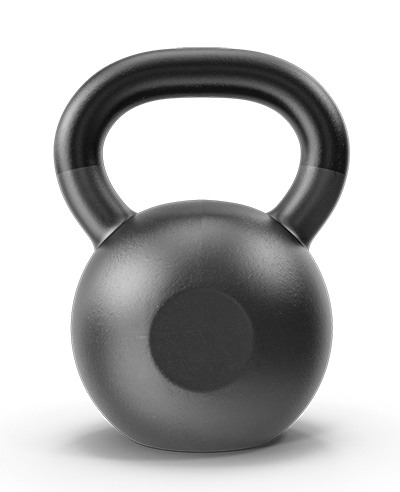 strengthening exercise weekly. Many kinesiology researchers in the College of Health and Human Sciences are evaluating how the body responds to physical activity and how best to promote physical activity so people of all ages can experience its benefits.
strengthening exercise weekly. Many kinesiology researchers in the College of Health and Human Sciences are evaluating how the body responds to physical activity and how best to promote physical activity so people of all ages can experience its benefits.
• Emily Mailey, associate professor of kinesiology, studies workplace interventions to increase physical activity and well-being. Her recent study using height-adjustable desks and an online behavioral support program reduced the number of hours participants sat daily and improved mood, fatigue, focus and productivity.
• Peter Stoepker, assistant professor of kinesiology, focuses on increasing physical activity inyouth to prevent diabetes and other noncommunicable diseases. His current project assesses physical activity in before- and after-school programs to create a more active environment.
• Aspen Streetman, doctoral student in kinesiology, studies the relationship between promoting and improving access to strength training and women’s empowerment. Early findings show a positive correlation between becoming physically stronger and physical, mental and social health.
Explore more recent K-State physical activity and public health research projects.
Water
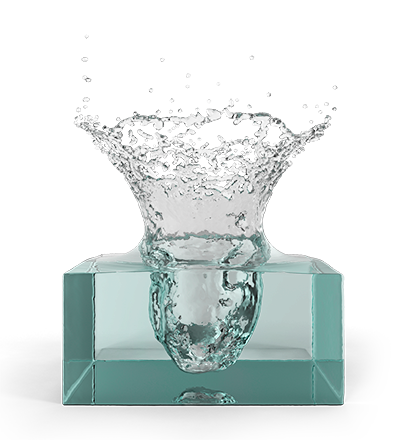 Parts of the U.S. are currently experiencing drought, while other areas have seen abundant snow or rain, causing flooding and other challenges. The climate extremes affect water availability and can influence the ecology of bodies of water.
Parts of the U.S. are currently experiencing drought, while other areas have seen abundant snow or rain, causing flooding and other challenges. The climate extremes affect water availability and can influence the ecology of bodies of water.
Trisha Moore, associate professor in the Carl and Melinda Helwig Department of Biological and Agricultural Engineering in the Carl R. Ice College of Engineering, examines the water quality of runoff, rivers and reservoirs. She studies the connection between water quality and urban flooding.
Read how K-State water research is helping Kansas farmers manage risk.
Food safety
Every year approximately 48 million people get sick from foodborne illnesses, according to the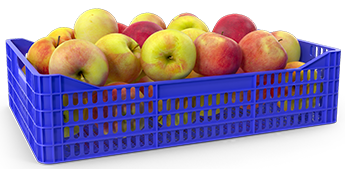 Centers for Disease Control and Prevention. Food safety scientists continue to develop best practices and ways to prevent these incidents and outbreaks.
Centers for Disease Control and Prevention. Food safety scientists continue to develop best practices and ways to prevent these incidents and outbreaks.
Valentina Trinetta, associate professor of food safety and microbiology in the College of Agriculture, is studying how pathogens enter the food system to develop interventions that can reduce and control pathogens in raw and processed foods.
U.S. Department of AgricultureRead more about Dr. Trinetta's current food safety research projects.
Baked goods
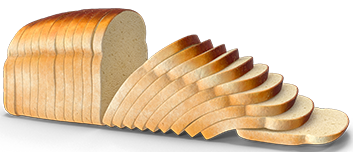 The greatest thing since sliced bread is even better bread. And better bread comes from understanding the role of each ingredient.
The greatest thing since sliced bread is even better bread. And better bread comes from understanding the role of each ingredient.
Researchers in the College of Agriculture’s grain science and industry department are exploring how to best use Kernza grain — a perennial wheatgrass and a cousin to wheat — in food production. This grain is low in gluten with good fermentation properties. The study includes grain handling, processing, pest control and market use.
Elisa Karkle, assistant professor of bakery science and management, is testing how to use the grain in foods. Her work is determining why the grain ferments so well and what advantage, such as greater volume or longer shelf life, this brings to bread or other baked goods.
Learn how baking techniques affect the taste and smell of breads.
Cybercrime
Spam calls, phishing emails and malware are common phrases these days. These cybercrimes result in the loss of money, fraud, harassment or sexual exploitation.
result in the loss of money, fraud, harassment or sexual exploitation.
Criminologist Kevin Steinmetz, professor of sociology, anthropology and social work in the College of Arts and Sciences, studies the intersection of technology, crime and crime control. His work in online fraud has found that contemporary online fraudsters use the same techniques of pre-internet criminals: psychological and emotional triggers as well as deception strategies.
Read how K-State researchers are tackling cybersecurity.
Consumer behavior
Big or small, purple or gray, this or that — the average adult makes thousands of decisions every day. Social scientists across disciplines seek to understand how and why we make these choices.
Buying decisions are sometimes apparent, while others are made on a whim. Understanding a consumer’s decision-making process is a research focus of Janis Crow, instructor of marketing in the College of Business Administration.
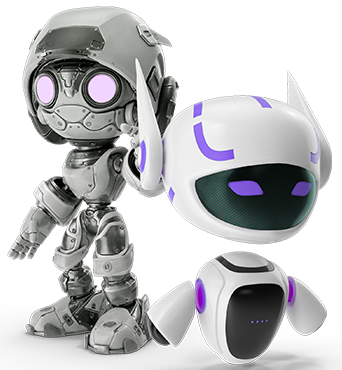
To better understand why fewer girls choose to enter the science workforce, Crow is examining the role that STEM toys play in career paths. While many factors influence a child’s career choice, parents may have direct or indirect influence because of the types of toys they purchase. Crow also examines what influences a parent when buying a toy for a son or daughter.
Her evaluation has found common influences are cultural norms, marketing and packaging differences by demographic, and perceived entertainment value by the parent.
Learn how K-State helps companies with product evaluations and analysis.
Ergonomics
The comfort of a chair, the functionality of an electronic device or digital app and the feel of a tool in your hand are the results of industrial designers’ meticulous attention to detail.
Byungsoo Kim, assistant professor of interior architecture & industrial design in the College of Architecture, Planning & Design, particularly is interested in ergonomics because of its role in enhancing product usability. Ergonomic design enhances the well-being of users by mitigating muscle fatigue, improving posture or increasing performance.
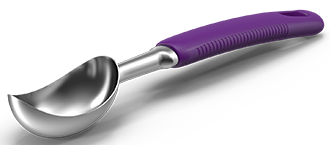
Kim is working with students in his Human Factors in Industrial Design class to evaluate thefeasibility of personalizing everyday objects, such as tools or kitchen gadgets, to fit the user’s hand size and enhance usability, functionality and satisfaction.
Read about APDesign's affordable housing project in Kansas.
Energy
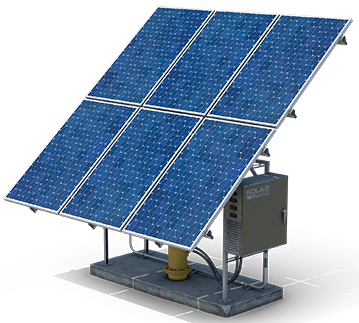 With the push of a button, flip of a switch or turn of a key, electricity powers our world. Electricity provides quality of life. Researching new ways of generating, storing and distributing energy will help with future needs.
With the push of a button, flip of a switch or turn of a key, electricity powers our world. Electricity provides quality of life. Researching new ways of generating, storing and distributing energy will help with future needs.
Solar energy could become the cheapest resource for generating electricity, researchers say, but current distribution systems are not designed to handle electricity generated by consumers. Anil Pahwa, Logan-Fetterhoof chair and university distinguished professor of electrical and computer engineering, seeks ways to integrate largescale adoption of solar energy into the distribution system.
Uncover more about K-State's research on the electric grid.
Biodiesel
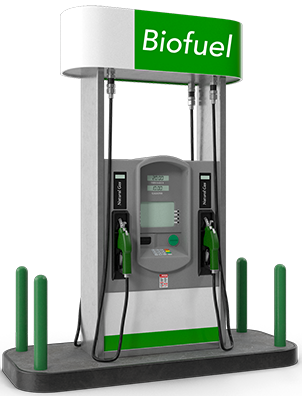
As you drive down the road, you may not think about your car’s fuel source. Most fuels on themarket are petroleum-based, with ethanol blends being one alternative fuel option. Biodiesel is another very common fuel used in almost every gallon of diesel fuel sold in Kansas.
K-State researchers, such as Edwin Brokesh, assistant professor in the Carl and Melinda Helwig Department of Biological and Agricultural Engineering in the Carl R. Ice College of Engineering, are exploring ways to best reduce dependence on fossil fuels, from modifying nonfood crop oilseeds to produce large amounts of oil to understanding the best practices for biodiesel use and distribution.
The K-State Biodiesel Initiative, a student-led organization that Brokesh advises, is reducing K-State’s dependence on petroleum-based fuels by converting used cooking oil from the universtiy’s Housing and Dining Services. From collecting the used cooking oil, cleaning it in preparation for the reaction process, running the transesterification reaction and delivering the finished fuel, students are involved in the entire production process. See page 40 to learn more about transesterification.
The biodiesel is blended with conventional diesel to fuel K-State Recycling Center utility carts and recycling trucks, while the glycerin is used as compost material or soap product.
In addition to the production, students learn how the biodiesel works in engines and help educate the public on its potential uses.
Find out more about K-State biofuel research.